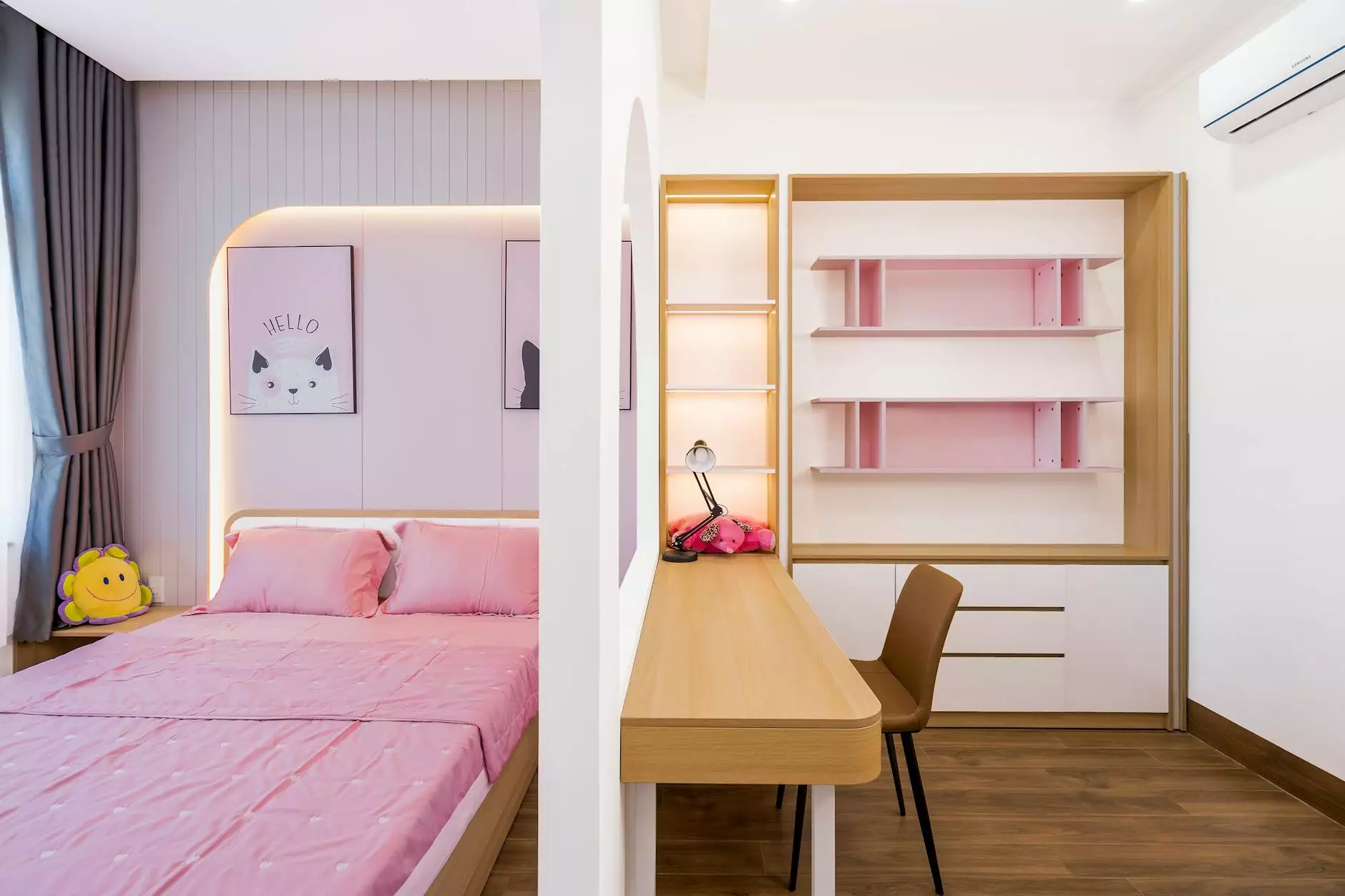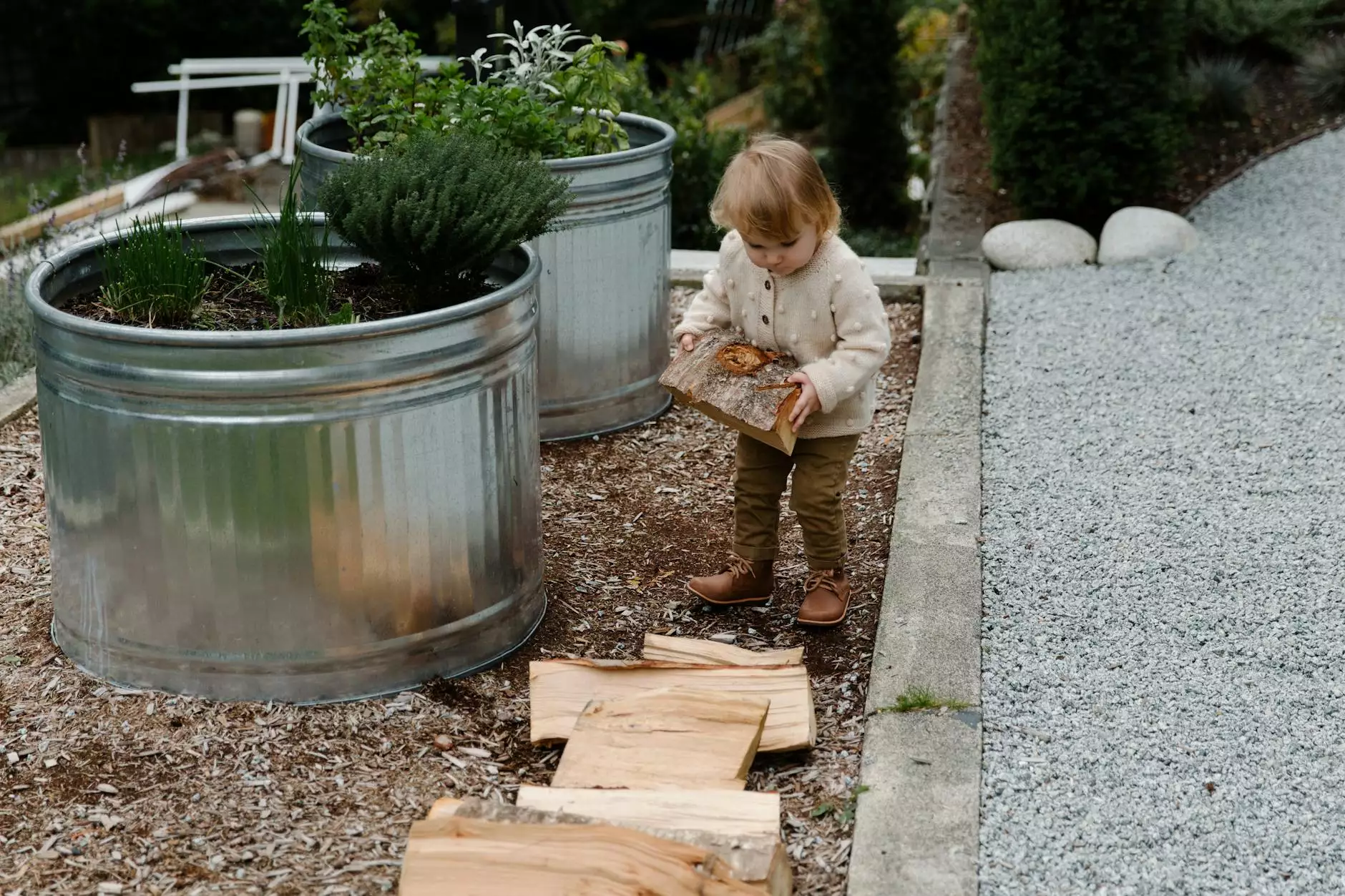The Ultimate Guide to Home Air Conditioner Purchase

When it comes to comfort in your home, having a reliable air conditioning system is paramount. Whether you are dealing with sweltering summer heat or prefer a controlled climate in your living space, understanding the home air conditioner purchase process is essential. This comprehensive guide will walk you through everything from types of air conditioners to installation, maintenance, and more, ensuring that you make an informed decision.
Understanding Different Types of Air Conditioners
Before delving into any home air conditioner purchase, it’s crucial to understand the different types of air conditioning systems available on the market. Here are the major types:
- Central Air Conditioning Systems: These systems use ducts to distribute cool air throughout your home. Ideal for larger spaces, central air conditioning provides consistent cooling.
- Split Systems: Comprising an indoor and an outdoor unit, split systems are perfect for individual rooms or spaces. They offer flexibility and are often quieter than central systems.
- Window Air Conditioners: These are compact units installed in windows. They are a cost-effective solution for cooling smaller spaces, requiring minimal installation.
- Portable Air Conditioners: Similar to window units but more flexible, portable air conditioners can be moved from room to room, providing cool air wherever you need it.
- Hybrid Air Conditioners: Combining the features of gas and electric systems, hybrid air conditioners are energy-efficient and allow homeowners to switch according to energy costs.
Key Factors to Consider Before Your Purchase
When planning a home air conditioner purchase, several factors will greatly influence your decision. Here’s a deep dive into what to consider:
1. Size of Your Space
The air conditioner’s size, often measured in BTUs (British Thermal Units), is crucial. A unit that is too small will struggle to cool your space, while one that is too large will cool the area too quickly, leading to excess humidity. The following are general BTU requirements based on room size:
- Small Room (up to 300 sq. ft.): 5,000 - 6,000 BTUs
- Medium Room (300 - 600 sq. ft.): 7,000 - 14,000 BTUs
- Large Room (600 - 1,200 sq. ft.): 14,000 - 25,000 BTUs
2. Energy Efficiency Ratings
Look for the Energy Efficiency Ratio (EER) or Seasonal Energy Efficiency Ratio (SEER) ratings when purchasing an air conditioner. Higher numbers indicate greater efficiency, translating to lower energy bills. Products with the ENERGY STAR label meet strict efficiency criteria set by the EPA.
3. Installation and Maintenance Costs
Don’t forget to account for installation costs which can vary widely based on your home’s existing ductwork and the type of air conditioner purchased. Additionally, consider future maintenance costs, as systems like central air might require more extensive servicing than window units.
Where to Purchase Your Air Conditioner
Finding the right vendor for your air conditioner is just as important as choosing the right model. Here are a few options to consider:
- Local HVAC Contractors: Often offer installation services and can help you choose suitable units based on your needs.
- Big-Box Retailers: Stores like Home Depot or Lowe's provide a wide variety of brands and models, often at competitive prices.
- Online Retailers: Websites such as Amazon can offer excellent deals, but be cautious about the warranty and return policies.
Understanding Installation Processes
The installation of your air conditioning unit can vary significantly based on your choice. Here’s what to expect:
1. DIY Installation for Window or Portable Units
Many window or portable air conditioners are designed for easy installation without professional help. Ensure you follow these steps:
- Choose a suitable location near a window or an electrical outlet.
- Clear the area of any obstructions.
- Follow the manufacturer's instructions carefully, using level tools to ensure a snug fit.
2. Professional Installation for Central or Split Systems
The installation of central or split system air conditioners is generally best left to professionals. Expect the following steps during installation:
- Assessment of your home to determine the best placement for comfort and efficiency.
- Installation of ductwork (for central systems) or mounting of the indoor unit (for split systems).
- Connecting refrigerant lines and electrical work.
- Testing the system for efficiency and cooling effectiveness.
Maintenance Tips for Longevity
Proper maintenance can enhance the lifespan of your air conditioning unit and ensure it runs efficiently. Here are essential maintenance tips:
- Regular Filter Changes: Change or clean filters every month during peak operation seasons to maintain airflow and efficiency.
- Schedule Annual Maintenance: Hire a professional to inspect your system once a year, ideally before the cooling season begins.
- Keep the Area Around the Unit Clean: Ensure that the area around the outdoor condenser is free from debris and vegetation.
- Check the Drain Line: Ensure that the condensate drain is clear to prevent water buildup.
Conclusion: Making an Informed Decision on Your Home Air Conditioner Purchase
Investing in a new air conditioner is a significant decision that requires careful thought. By understanding the different types of air conditioners, key factors in making your purchase decision, installation options, and necessary maintenance, you can confidently make an informed choice that keeps your home comfortable year-round.
For the best advice and products, consider reaching out to professionals at dihaairconditioning.com. Investing in the right cooling solution has never been easier, allowing you to focus on enjoying your comfortable, climate-controlled space.









